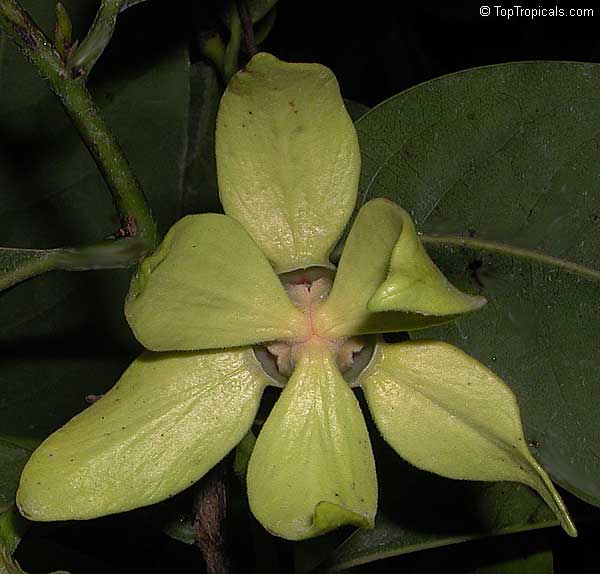
Artabotrys hexapetalus, Artabotrys odoratissimus, Artabotrys uncinatus
Information. is a tall woody climber which is cultivated in Nairobi (Kenya, Nairobi Arboretum, 10 Mar. 1952, Greenway 8719 !). According to R. O. Williams (U.O.P.Z.: 131 (1949)) a few plants are in cultivation in Zanzibar. In Nairobi it forms a shrub about 2-5 m. tall.

Artabotrys odoratissimus Want to be a Nomad
Description › Geographic Distribution › Connections › Herbarium Specimens › Click on any heading above to view more information about this plant Conservation Status IUCN: not evaluated USFWS: None Discover more Plants >> Family: ANNONACEAE Genus: Artabotrys Species: hexapetalus Species Author: (L. f.) Bhandari Vernacular: Climbing Ilang Ilang

Artabotrys odoratissimus, Rockhampton Botanic Garden, QLD,… Flickr
Artabotrys odoratissimus inhibitory effect on mild steel (MS) corrosion in 0.5 M H 2 SO 4 solution has been assessed utilizing mass loss, electrochemical potentiodynamic polarization, and impedance spectroscopy techniques. The Artabotrys odoratissimus plant has a wide range of bioactive compounds.
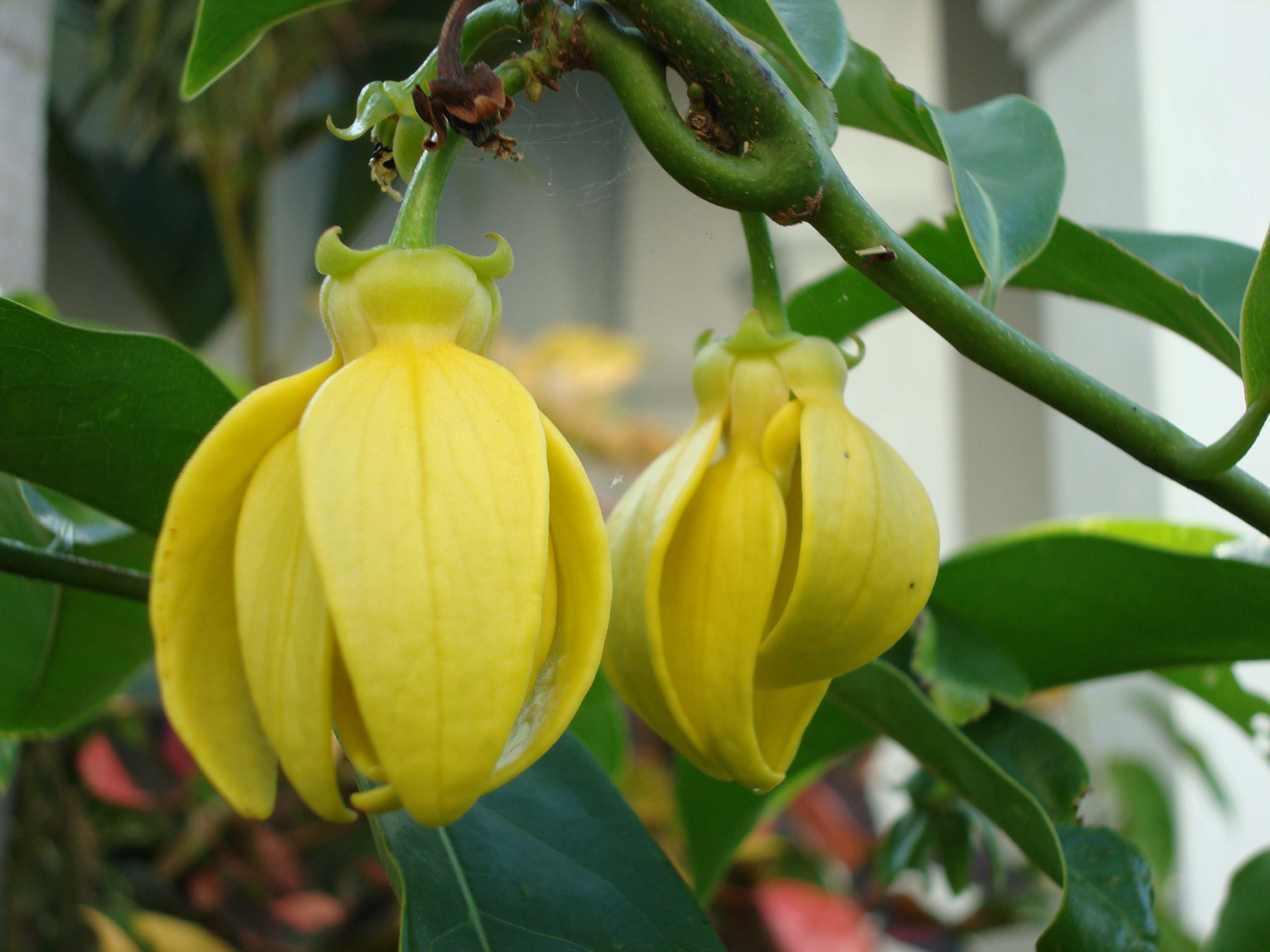
YlangYlang Vine, Artabotrys hexapetalus, Artabotrys odoratissimus
The medicinal plant Artabotrys hexapetalus (synonyms: A. uncinatus and A. odoratissimus) is known as yingzhao in Chinese. Extracts of the plant have long been used in Asian folk medicine to treat various symptoms and diseases, including fevers, microbial infections, ulcers, hepatic disorders and other health problems.
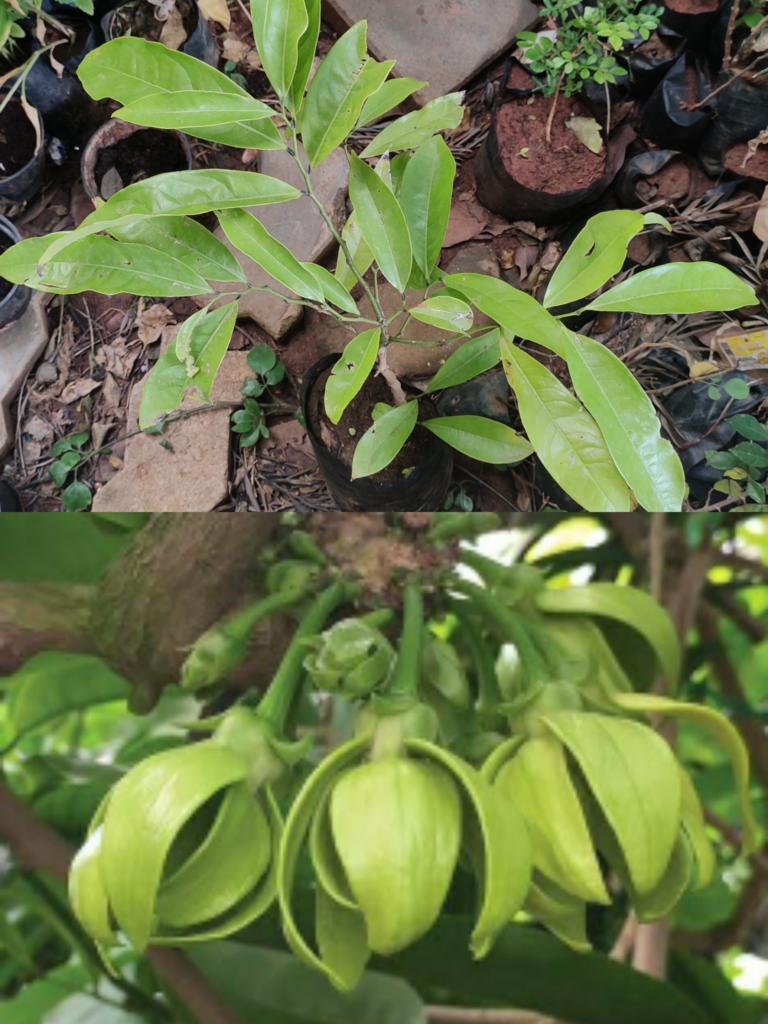
Buy Ylang Ylang Vinecreeper OnlineBuy Ylang Ylang Vinecreeper
Artabotrys odoratissimus Blume commonly known as the ylang ylang vine is an aromatic woody shrub native to eastern Asia. The plant is used in traditional medicine systems; however, the bioactive potential of the plant remains unexplored. The present study focussed on the phytochemical profiling, anti-oxidative and cytoprotective effects of the.
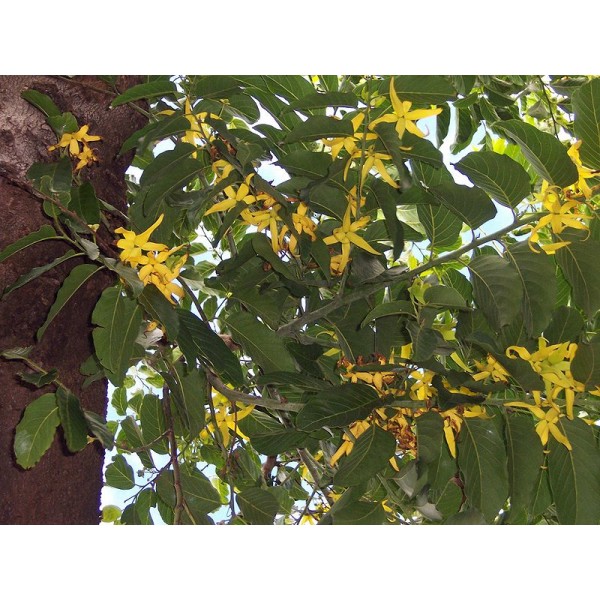
Artabotrys Odoratissimus Seeds (False Ylang Ylang Seeds)
Remarks: Large evergreen shrub , climbing by the hooked peduncles or semi - scandent. Leaves oblong-elliptic to oblanceolate , 10-18X2.8-4.8cm acuminate,subcoriaceous , glossy above , glabrous on both sides, juvenile leaves covered with appressed golden- brown hairs. Peduncle hooked, flattened, leaf opposed , sparsely hairy to glabrous, usually.

Artabotrys odoratissimus, Rockhampton Botanic Garden, QLD,… Flickr
Its flowers are axillary, solitary, or in clusters of two or three, greenish yellow in color when ripe and give a strong smell resembling that of ripened jackfruit. Hence its name in Bengali is 'Kanthali champa' (jackfruit-champa). It flowers almost all year but more during the summer and the rains.
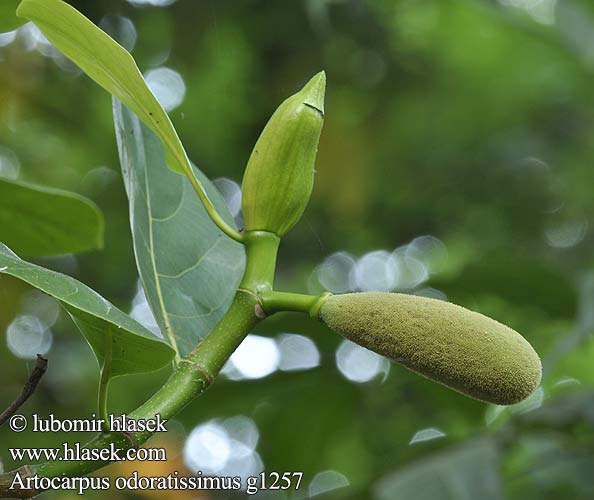
Artocarpus odoratissimus Marang Chlebowiec Tarap
Artabotrys odoratissimus R.Br. First published in Bot. Reg. 5: t. 423 (1820) This name is a synonym of Artabotrys hexapetalus. Taxonomy. Espermatofitas: 1-1576. SERNA/Guaymuras, Tegucigalpa, Honduras. [Cited as Artabotrys hexapetalus.] Other Data. Other Kew resources that provide information on this taxon: IPNI - The International Plant.

Artabotrys odoratissimus, Rockhampton Botanic Garden, QLD,… Flickr
Artabotrys is a genus of plants in the Annonaceae family. There are over 100 species in the Old World tropics, with 31 species in Africa.. Artabotrys odoratissimus, synonym for Artabotrys hexapetalus; Artabotrys uncinatus, synonym for Artabotrys hexapetalus (L. f.) Bhandari; References
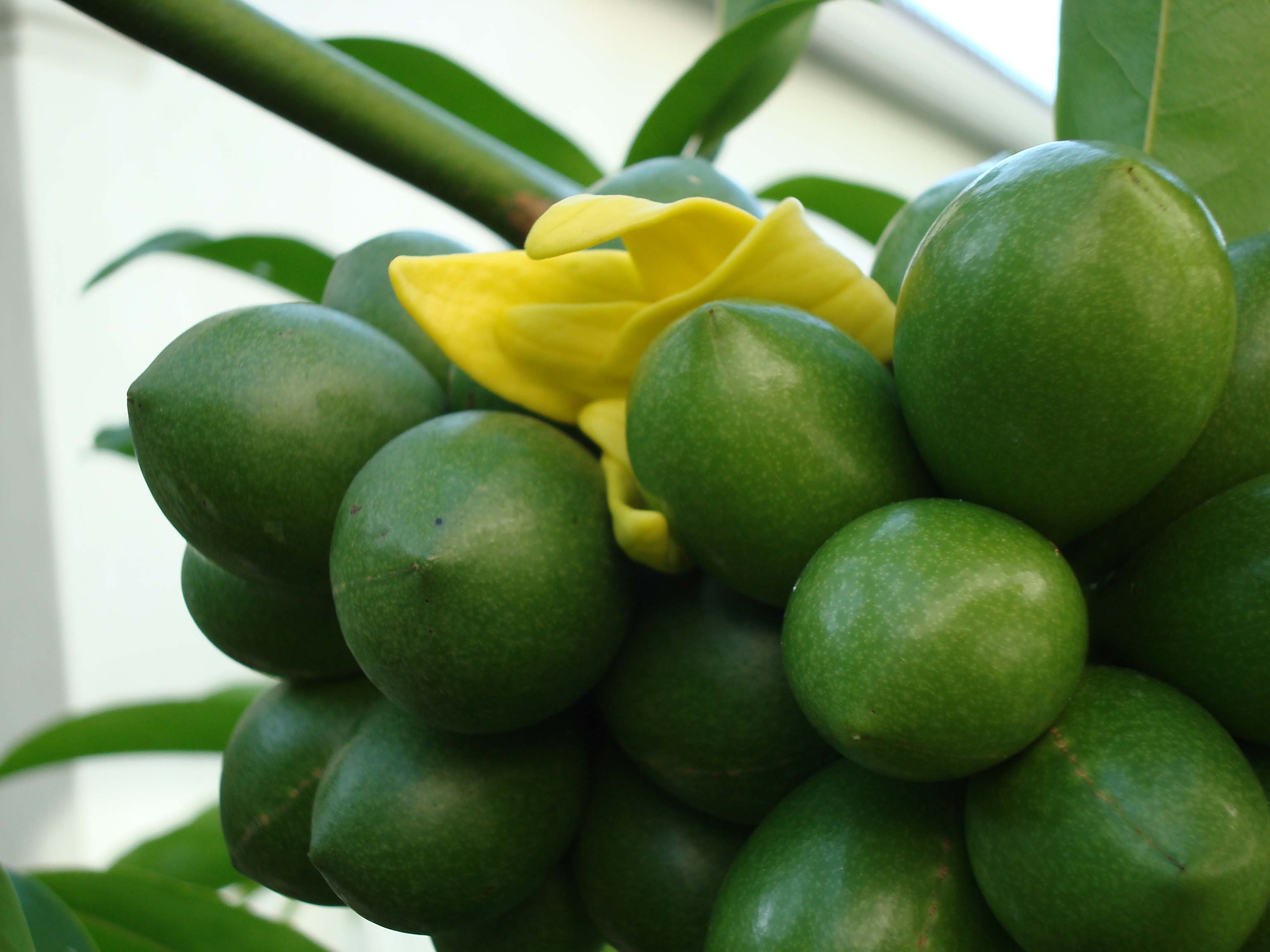
YlangYlang Vine, Artabotrys hexapetalus, Artabotrys odoratissimus
Looking For Artocarpus Odoratissimus? We Have Almost Everything On eBay. But Did You Check eBay? Check Out Artocarpus Odoratissimus On eBay.

Artabotrys odoratissimus, Rockhampton Botanic Garden, QLD,… Flickr
The medicinal plant Artabotrys hexapetalus (synonyms: A.uncinatus and A. odoratissimus) is known as yingzhao in Chinese. Extracts of the plant have long been used in Asian folk medicine to treat.
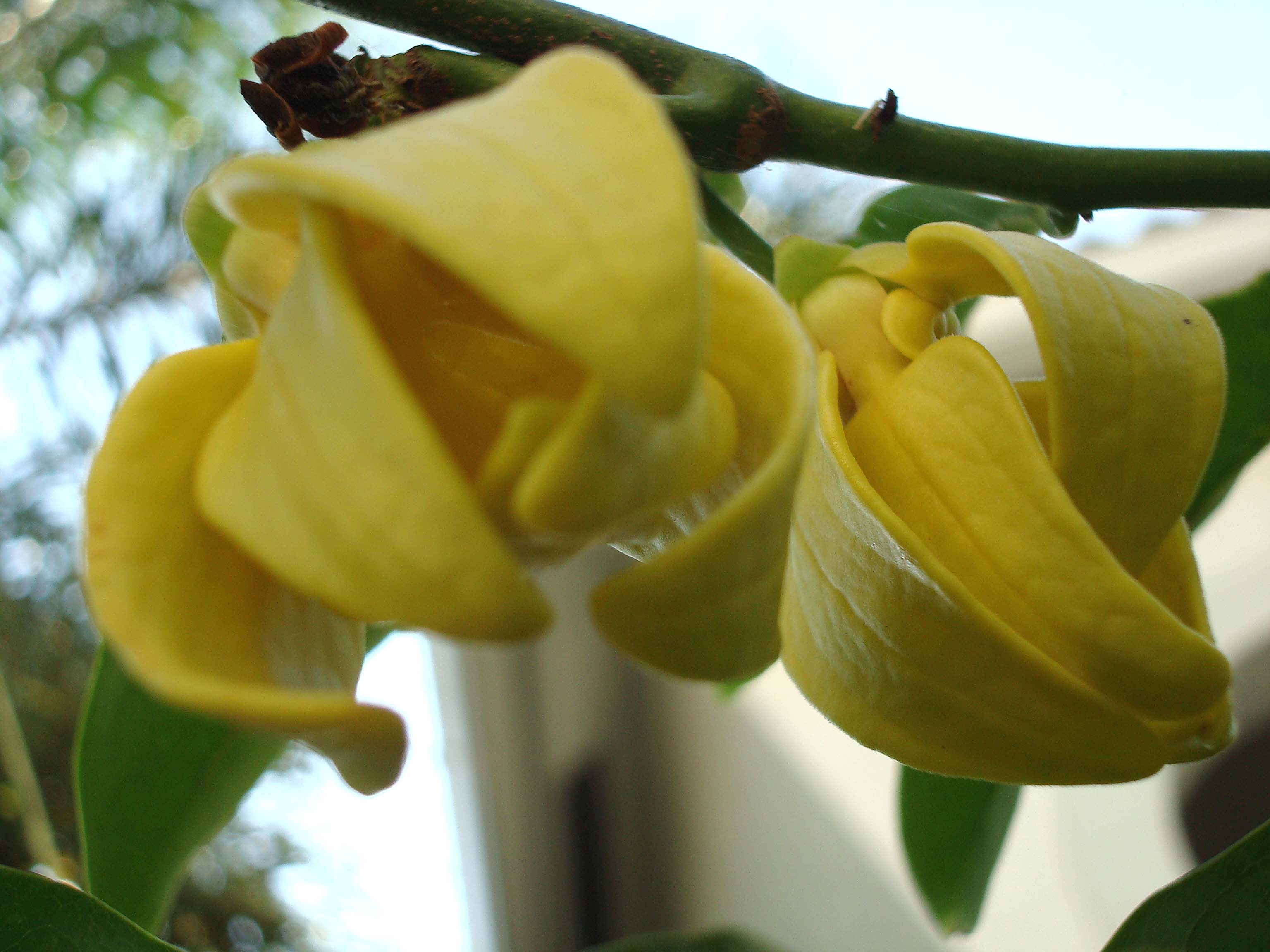
YlangYlang Vine, Artabotrys hexapetalus, Artabotrys odoratissimus
The medicinal plant Artabotrys hexapetalus (synonyms: A. uncinatus and A. odoratissimus) is known as yingzhao in Chinese. Extracts of the plant have long been used in Asian folk medicine to treat various symptoms and diseases, including fevers, microbial infections, ulcers, hepatic disorders and other health problems.

Artabotrys odoratissimus, Rockhampton Botanic Garden, QLD,… Flickr
Artabotrys odoratissimus is a valuable medicinal shrub belonging to the family Annon-aceae, widely cultivated across Southeast Asia for ornamental and industrial purposes. The essential oil from this plant, commonly known as ylang ylang oil, is used in the perfumery, aromatherapy and avouring agent in tea and ice creams and in the soap and

Artocarpus odoratissimus (Moraceae) image 62626 at PhytoImages.siu.edu
Artabotrys odoratissimus is a plant of Annonaceae family and Artabotrys genus. It contains Essential Oils: Benzyl Acetate, Benzyl Benzoate Linalool, Caryophyllene, Geranyl Acetate, Methyl Benzoate, P-Cresyl Methyl Ether, Safrole, Monoterpenes, Sesquiterpenes etc. Medicinal Properties and Health Benefits of this plant are Anti Depressant, Mood Elevator, Antiseborrhoeic, Antiseptic, Aphrodisiac.

Artabotrys odoratissimus, Rockhampton Botanic Garden, QLD,… Flickr
The study aimed to evaluate the hepatoprotective potentiality of Artabotrys odoratissimus, an important medicinal shrub from the family Annonaceae. The phenolic compounds from bark ethanol extract (BEE) were detected using RP-HPLC. The in vitro hepatoprotective activity against ethanol-induced damage was studied in HepG2 cells with cell.

Artabotrys Alchetron, The Free Social Encyclopedia
Artabotrys odoratissimus is a plant species in the family Annonaceae and the genus Artabotrys. It is a large woody climber or half-scandent shrub originated in South China, Burma (Myanmar), The Philippines and India. Its flowers are axillary, solitary, or in clusters of two or three, greenish yellow in color when ripe and give a strong smell.